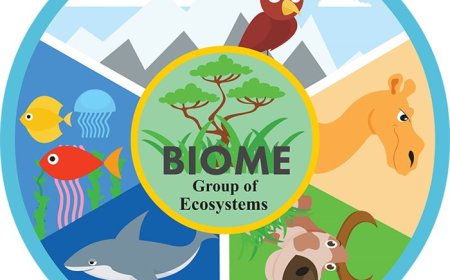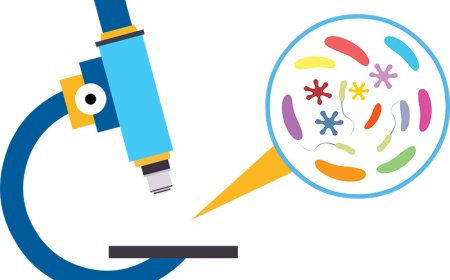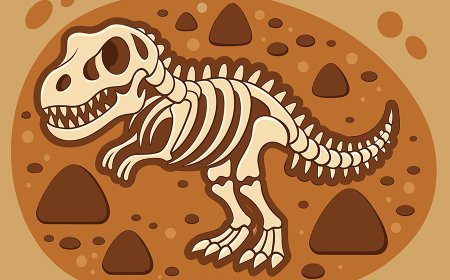What Are Mitochondria? The Powerhouses of the Cell Explained for Kids
Discover what mitochondria are and how they give cells the energy they need. Learn why these tiny parts are called the powerhouses of the cell!
⚡ What Are Mitochondria?
⚙️ Introduction: The Cell’s Energy Makers
Every living thing needs energy to stay alive—even your body’s cells! That’s where mitochondria come in. These tiny parts inside the cell are called the “powerhouses” because they create the energy the cell needs to do its work.
Without mitochondria, cells wouldn't be able to move, grow, or even survive!
⚡ What Do Mitochria Do?
Mitochondria turn the food we eat into energy that cells can use. This process is called cellular respiration. Here’s how it works:
- The cell gets food (like glucose, a sugar)
- Mitochondria break down the food using oxygen
- They turn it into energy molecules called ATP (adenosine triphosphate)
- ATP powers all the cell’s jobs!
It’s like charging your phone’s battery, but for your cells.
🔍 What Do Mitochondria Look Like?
Mitochondria are shaped like little bean-shaped capsules. They have:
- An outer membrane that protects them
- A folded inner membrane that helps make more energy
- Their own DNA, separate from the nucleus!
That’s right—mitochondria are special because they have their own set of instructions.
🧬 Why Are Mitochondria Important?
Cells need energy for everything:
- Making proteins
- Getting rid of waste
- Dividing and growing
- Moving materials around the cell
The more energy a cell needs, the more mitochondria it will have! For example:
- Muscle cells have lots of mitochondria
- Skin cells have fewer
🧒 Kid-Friendly Summary
Mitochondria are the parts of the cell that turn food into energy. They are called the powerhouses of the cell because they make the energy that keeps the cell alive and working. Without them, cells couldn’t do anything!
🌟 Interesting Facts About Mitochondria
- Mitochondria have their own DNA, which may mean they were once free-living organisms!
- Some cells have hundreds or even thousands of mitochondria.
- The process of turning food into energy is called cellular respiration.
- Mitochondria are passed down mostly from your mother.
💭 Think About It
Your body is made of trillions of cells—and each one needs energy. What would happen if your mitochondria suddenly stopped working?





















































